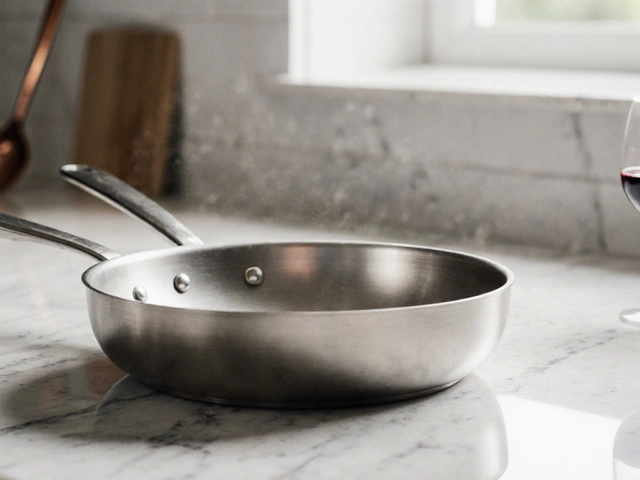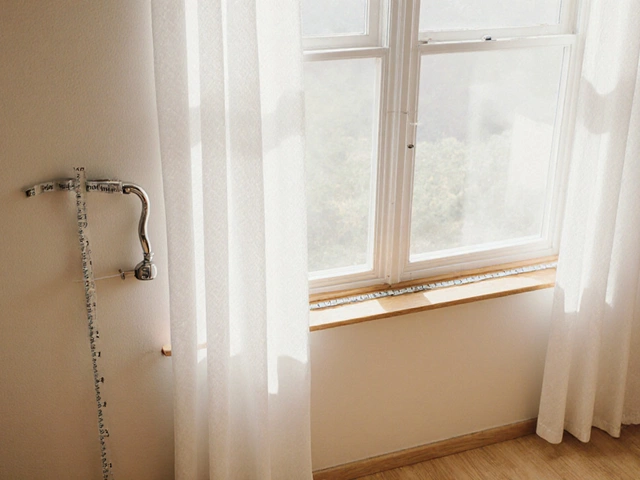PFAS and Your Home: A Straight‑Forward Guide
Ever seen PFAS listed on a product label and wondered what the fuss is about? PFAS (per‑ and poly‑fluoroalkyl substances) are a group of man‑made chemicals used to make fabrics water‑proof, stains resistant, and fire‑retardant. While they sound handy, many PFAS don’t break down easily and can end up in dust, water, and even your bloodstream over time. In everyday life, they hide in upholstery, kitchenware, curtains, and even some paints.
If you’re setting up a new living room, choosing a sofa, or picking out curtains, it’s worth asking whether those items contain PFAS. The good news is you don’t have to sacrifice style for safety. Look for brands that label their products “PFAS‑free” or use natural finishes like waxed cotton, linen, or untreated wood. These alternatives keep your space looking great while cutting down on hidden chemicals.
Spotting PFAS in Common Home Items
Most shoppers don’t think about PFAS until they read a label. Here’s a quick cheat‑sheet to help you spot them:
- Upholstered furniture: Many sofas and chairs are treated to resist spills. If the description mentions “water‑repellent” or “stain‑proof,” ask the retailer about the treatment.
- Curtains and drapes: Dark‑colored or shiny fabrics often have PFAS coatings. Opt for cotton, linen, or organic blends instead.
- Kitchenware: Non‑stick pans and some food‑grade plastics can contain PFAS. Choose cast iron, stainless steel, or ceramic options for cooking.
- Carpets and rugs: Some low‑maintenance rugs boast “stain‑resistant” claims. Look for natural fibers like wool or jute, which naturally repel dirt without chemicals.
- Paints and finishes: Some “weather‑proof” exterior paints contain PFAS. Ask for low‑VOC, PFAS‑free paints for indoor projects.
When in doubt, a quick call to the manufacturer can clear things up. Most brands are happy to share their ingredient lists.
Practical Steps to Reduce PFAS Exposure
Switching everything at once isn’t realistic, but you can make steady progress. Start with high‑touch areas—sofas, dining chairs, and the curtains in your bedroom. Swap a single piece for a PFAS‑free version and see how it feels. Over time, you’ll build a healthier collection without blowing your budget.
Ventilation helps, too. Open windows regularly to let fresh air move through, especially after cleaning with sprays that might contain PFAS. Vacuum with a HEPA filter to catch tiny particles that settle on floors and upholstery.
Lastly, keep an eye on sales and clear‑out events. Many retailers discount older stock that may still have PFAS treatments. Use those moments to pick up PFAS‑free items at a lower price.
Living with PFAS‑free décor isn’t a fad; it’s a simple way to protect your family’s health while keeping your home looking fresh. By knowing what to look for and making a few smart swaps, you can enjoy stylish, safe spaces without the hidden chemical baggage.

Are Non Stick Pans Still Unhealthy? What You Need to Know
Are non stick pans still risky for your health, or is that just old news? This article uncovers what's changed in non stick cookware, whether they're safe now, and things you can do to use them safely. You'll get a quick breakdown of key chemicals, what regulations have changed, and how to spot safer options. Plus, there are no scare tactics—just straight facts and practical tips for anyone who loves to cook. Discover what's hype, what's fact, and how to make your kitchen safer.
Categories
- Storage (27)
- Bathroom (18)
- Sofas (15)
- Curtains (15)
- Home Decor (12)
- Bedding (11)
- Kitchenware (11)
- Cushions (11)
- Mirrors (10)
- Rugs (9)
Popular Articles

How to Get Medicare to Cover Your New Bed
Feb, 28 2025


